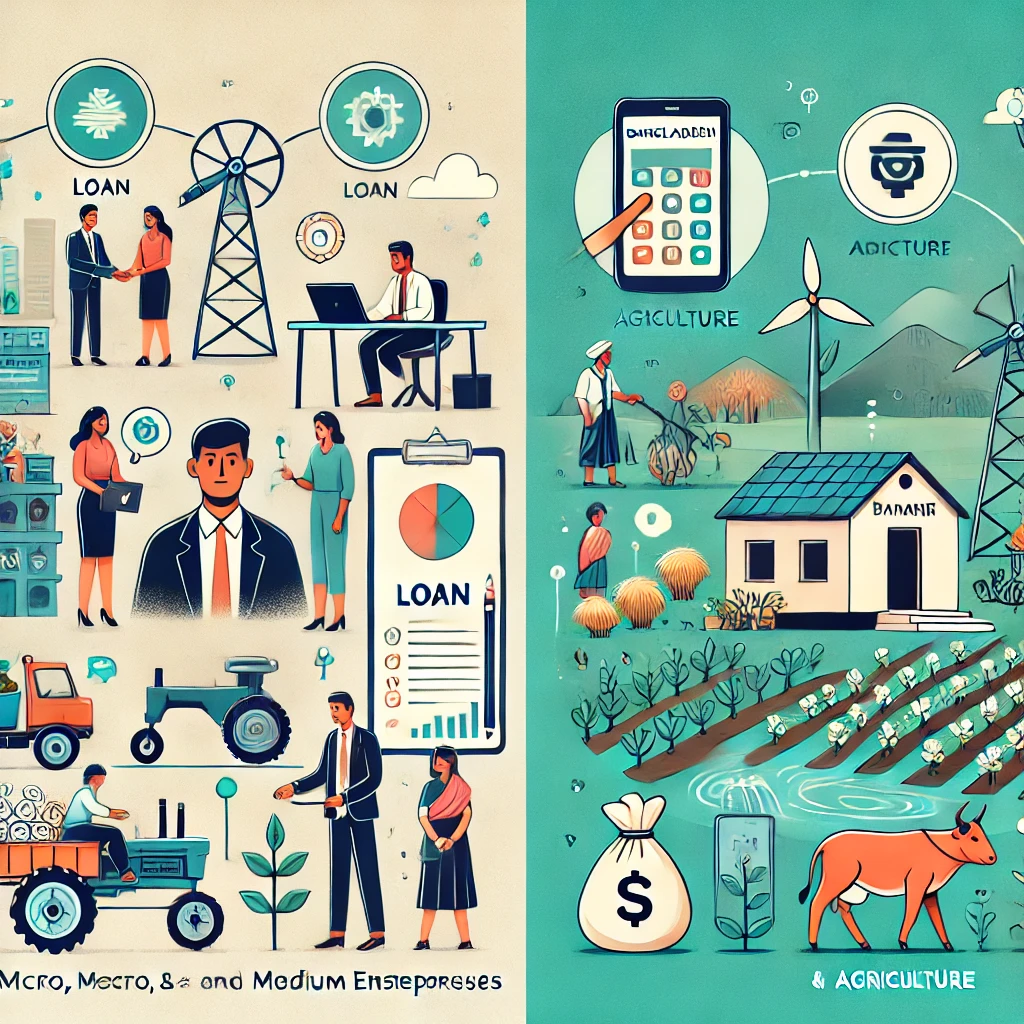Types of Borrowers and Loans & Advances
The world of lending encompasses a diverse range of borrowers and loan types, each with unique characteristics and requirements. Understanding these distinctions is crucial for both lenders and borrowers in navigating financial transactions effectively.
Types of Borrowers
Borrowers can be broadly categorized based on their nature and financial standing:
- Individuals:
- Consumers: Seeking loans for personal needs like home purchases, car loans, or personal expenses.
- Self-Employed Individuals: Requires specific documentation due to fluctuating income.
- Businesses:
- Small and Medium-Sized Enterprises (SMEs): Needing capital for growth, operations, or expansion.
- Large Corporations: Seeking substantial loans for major projects, acquisitions, or investments.
- Startups: Often require venture capital or specialized loans due to limited financial history.
- Government Entities:
- Municipalities: Borrowing for infrastructure projects or public services.
- National Governments: Issuing bonds or securing loans for national development or debt management.
- Financial Institutions:
- Banks: Borrowing from other banks or central banks for liquidity management.
- Investment Firms: Seeking loans for investment activities.
Types of Loans and Advances
Loans and advances vary based on their purpose, terms, and security:
- Secured Loans:
- Mortgages: Loans secured by real estate.
- Auto Loans: Loans secured by vehicles.
- Home Equity Loans: Loans secured by the equity in a home.
- Asset-Based Loans: Loans secured by business assets like inventory or equipment.
- Unsecured Loans:
- Personal Loans: Loans not backed by collateral, based on creditworthiness.
- Credit Card Advances: Short-term cash advances with high interest rates.
- Student Loans: Loans for educational expenses, often unsecured.
- Short-Term Loans:
- Payday Loans: Small, high-interest loans for short-term needs.
- Lines of Credit: Revolving credit for flexible borrowing.
- Business Working Capital Loans: Loans for day-to-day operational expenses.
- Long-Term Loans:
- Commercial Real Estate Loans: Loans for purchasing or developing commercial properties.
- Infrastructure Loans: Loans for large-scale public projects.
- Term Loans: Loans with fixed repayment schedules.
- Specialized Loans:
- SBA Loans: Loans guaranteed by the Small Business Administration.
- Agricultural Loans: Loans for farming and agricultural businesses.
- Export-Import Loans: Loans for international trade activities.
Factors Affecting Loan Approval
Lenders consider various factors when evaluating loan applications, including:
- Credit Score: A measure of creditworthiness.
- Income and Financial History: Ability to repay the loan.
- Collateral (for secured loans): Assets used as security.
- Debt-to-Income Ratio (DTI): Proportion of debt to income.
- Business Plan (for business loans): Viability and profitability.
Understanding the different types of borrowers and loans is essential for navigating the lending landscape and making informed financial decisions.




